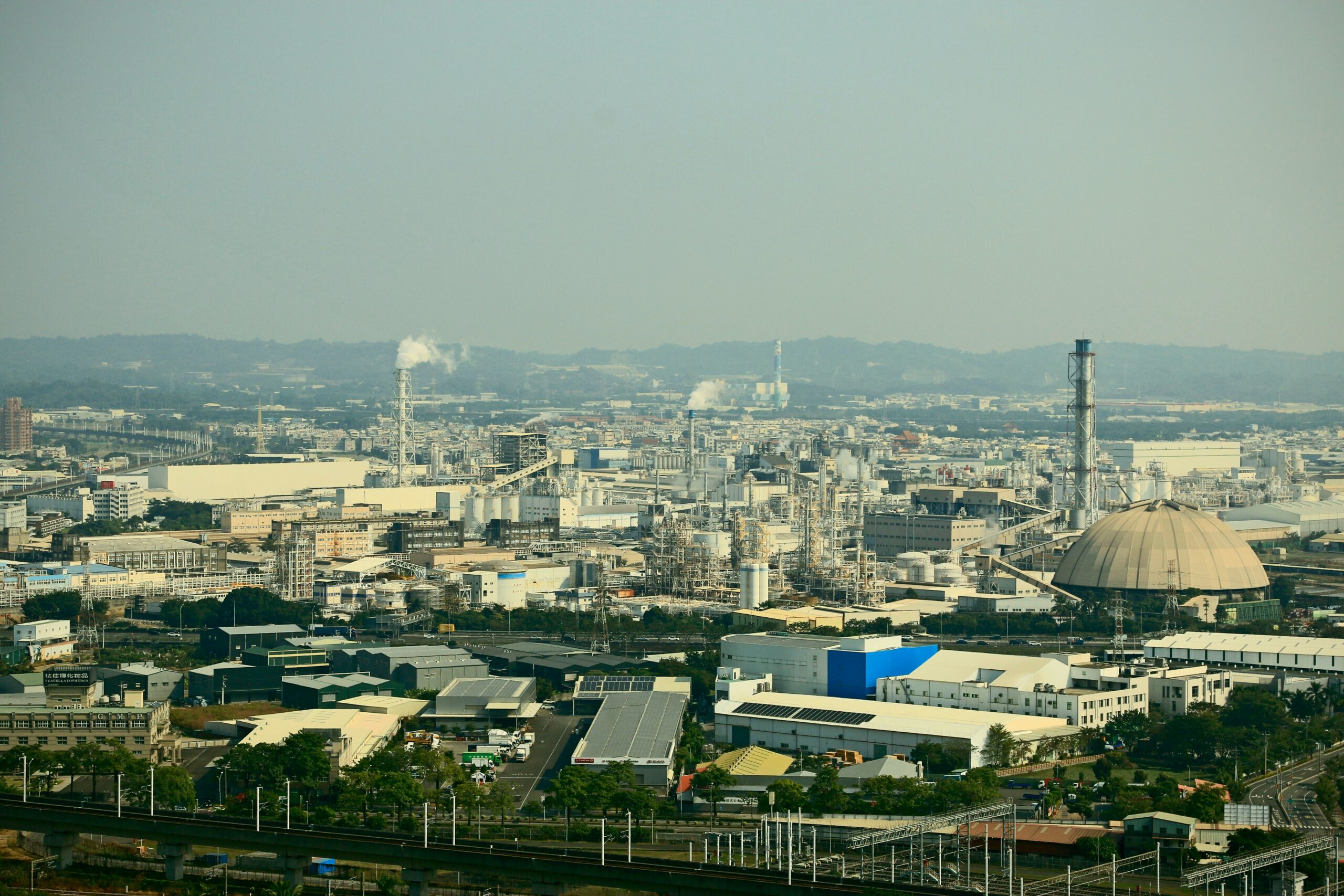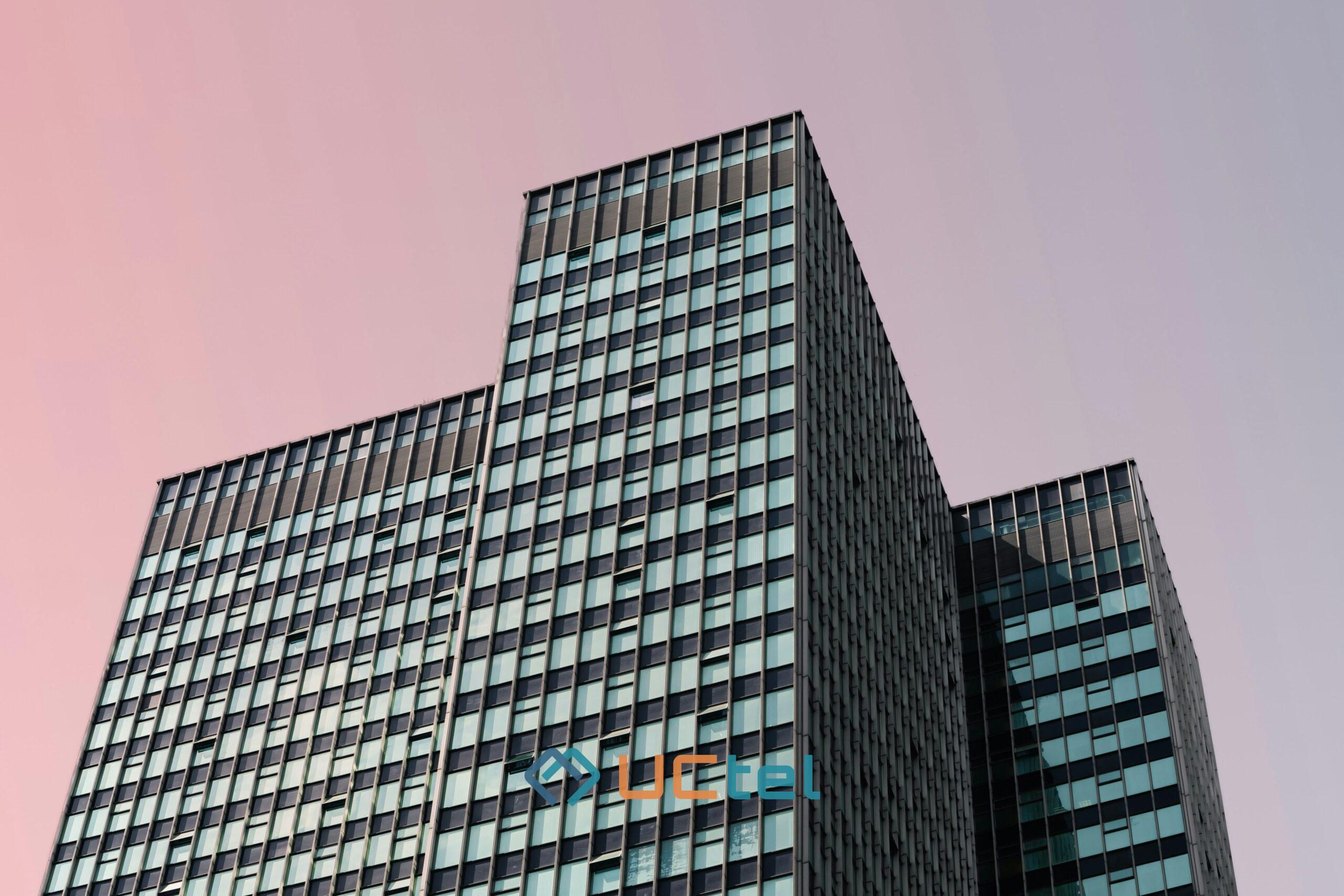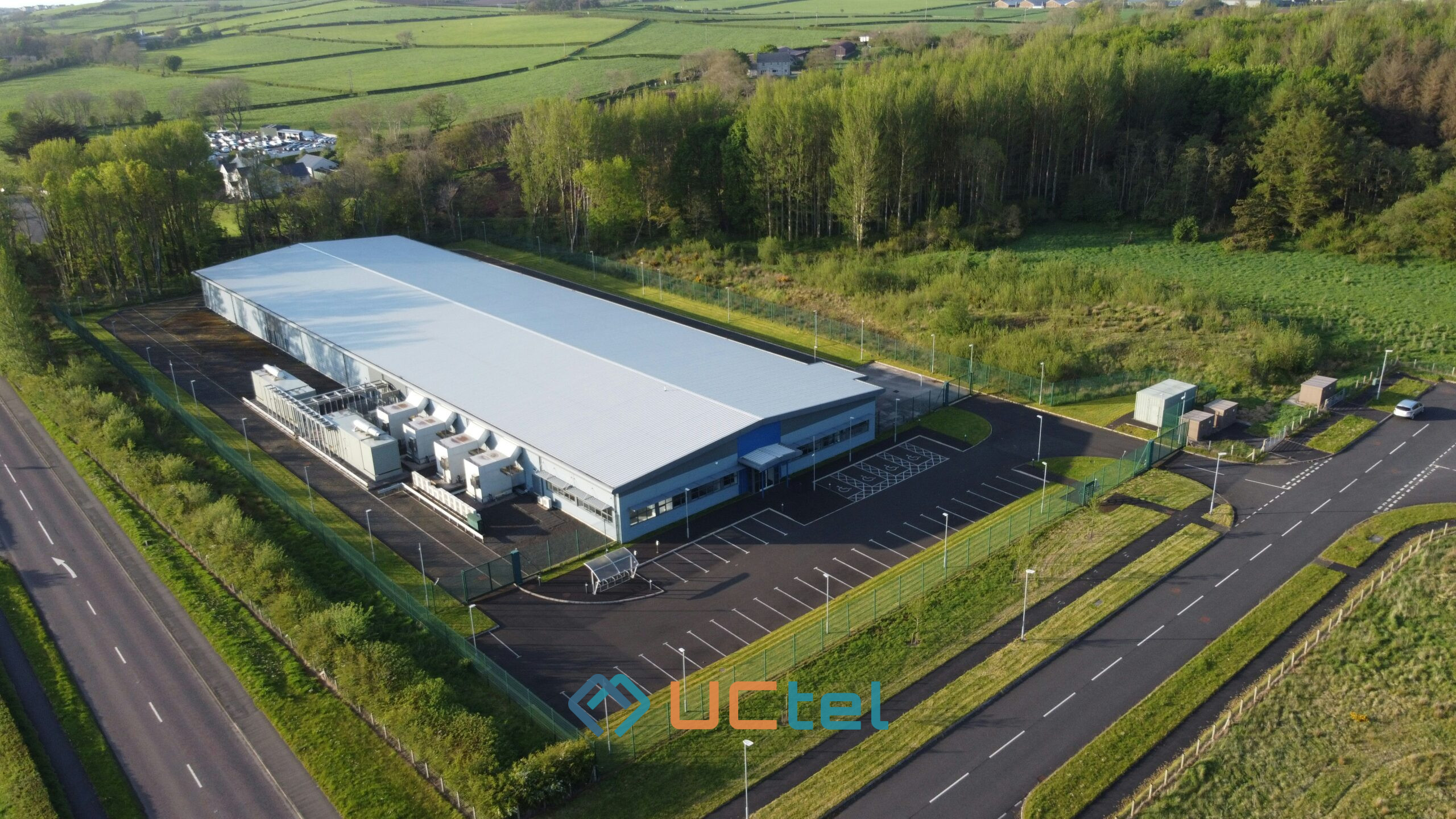
Commercial Signal Booster Installation for Office Buildings – Professional Services
Table of contents
- 1. Understanding commercial signal booster technology
- 2.
- 3. Professional installation process for commercial signal boosters
- 4. Benefits of professional signal booster installation
- 5. Custom-designed booster solutions for different office environments
- 6. Technical specifications and performance factors
In today's connected workplace, consistent mobile connectivity has become as essential as electricity or internet access. When office buildings suffer from weak mobile signals, productivity falters, communication breaks down, and business operations suffer.
According to a 2023 industry report, 78% of employees report experiencing mobile connectivity issues in commercial buildings, significantly impacting workplace efficiency. Commercial signal booster systems provide the solution by capturing, amplifying, and redistributing mobile signals throughout office environments.
Understanding commercial signal booster technology
How signal boosters work
At their core, mobile phone signal boosters operate through a three-part system. First, an exterior antenna captures available mobile signals from nearby towers. This donor antenna connects to an amplifier unit, which strengthens the weak signal substantially. Finally, strategically placed indoor antennas distribute this amplified signal throughout the building.
The system works bidirectionally, enhancing both incoming and outgoing transmissions across all major carrier networks simultaneously. With gain levels reaching up to +70dB, these systems transform barely detectable signals into robust connectivity suitable for business environments.
Types of commercial signal boosters
Different office environments require tailored solutions based on size and configuration. Commercial mobile boosters range from systems covering 743.2 square meters for small offices to enterprise solutions supporting 9,290.3+ square meters.
The technology supports multiple frequencies across various bands, ensuring compatibility with 3G, 4G LTE, and emerging 5G signals. Advanced booster systems feature technologies like XDR that prevent system overload from signal fluctuations, while others incorporate cloud-based management for remote monitoring and adjustments.
| Building Size | Recommended System Type | Approximate Coverage |
| Small Office | Standard Commercial Booster | Up to 929.03 m² |
| Medium Office | Enterprise Booster | 929–3,252 m² |
| Large Building | Advanced Enterprise System | 3,252–9,290 m² |
| Complex/Campus | Distributed Antenna System | 9,290+ m² |
Professional installation process for commercial signal boosters
Pre-installation assessment
Professional commercial signal booster installation begins with a comprehensive site survey. Technicians perform signal strength measurements throughout the property, identifying current coverage patterns and problem areas.
This signal mapping process reveals how mobile signals propagate through the space and pinpoints structural obstacles. Installers analyze building materials, internal layouts, and potential interference sources. Based on these findings, they design a customized system that addresses the specific needs of each office environment.
- External signal analysis - Measuring available carrier signals at different points around the building exterior
- Internal coverage mapping - Identifying dead zones and weak reception areas throughout the office
- Building material assessment - Evaluating signal-blocking elements like concrete, metal frameworks, and low-E glass
- System design creation - Developing a comprehensive installation plan based on collected data
Installation steps
The physical installation involves strategic placement of all system components. Technicians mount the outside antenna on the roof or exterior wall with the strongest carrier signal. They run low-loss coaxial cables through the building infrastructure, connecting to the centrally located amplifier.
Indoor antennas are positioned to maximize coverage throughout the workspace, maintaining proper separation from the exterior antenna to prevent oscillation. Final configuration includes adjusting gain settings for optimal performance across all frequency bands and carrier networks.
Benefits of professional signal booster installation
Business advantages
Properly installed signal booster systems deliver significant business benefits. Organizations report up to 40% improvement in communication efficiency after implementation. Enhanced mobile reception eliminates dropped calls and ensures clear voice quality throughout the workspace. Faster data speeds support cloud applications and mobile-dependent business processes.
Customer experience improves as visitors maintain connectivity during meetings. Employee satisfaction rises when frustration from poor reception disappears. Additionally, reliable emergency communication capabilities enhance workplace safety protocols.
Technical advantages
Professional installation ensures optimal signal distribution and system configuration. Experts maintain proper separation between components to prevent feedback loops that could disrupt carrier networks. They calibrate amplifier settings to avoid oversaturation while maximizing coverage area. Professional installers ensure compliance with FCC regulations and carrier requirements, preventing potential fines or system shutdowns. The resulting installation provides balanced coverage throughout the facility with minimal maintenance requirements.
| Technical Factor | Amateur Installation | Professional Installation |
| Signal Quality | Inconsistent, potential dead zones | Uniform, optimized distribution |
| Regulatory Compliance | Risk of violations | Fully compliant system |
| System Efficiency | Suboptimal performance | Maximum coverage per component |
| Future Compatibility | Limited adaptation capability | Designed for technology evolution |
Custom-designed booster solutions for different office environments
Small to midsize business solutions
Smaller office environments benefit from streamlined signal booster systems that balance performance with cost-effectiveness. These installations typically employ omnidirectional donor antennas when external signals are relatively strong, or directional antennas pointed precisely at the nearest mobile tower when signals are weaker. Indoor distribution might utilize a combination of dome and panel antennas to address specific office layouts. These systems support up to 2,323 square meters of coverage while accommodating dozens of simultaneous users across multiple carrier networks.
Enterprise solutions for large buildings
Large corporate environments require sophisticated distributed antenna systems that can maintain consistent coverage across complex floor plans. These enterprise-grade installations may incorporate fiber DAS solutions for buildings exceeding 9,290 square meters. Advanced systems can target multiple towers simultaneously, providing redundancy and maximum bandwidth.
Remote monitoring capabilities allow for real-time adjustments and alerts. High-density environments like conference centers benefit from specialized configurations that support hundreds of concurrent users without performance degradation.
- Multi-tower targeting systems that connect to several mobile towers simultaneously for maximum reliability
- Fiber-optic distribution networks that extend coverage up to 37,161 square meters in complex buildings
- Remote monitoring platforms that provide real-time performance data and automatic adjustments
- Specialized frequency solutions that prioritize specific carrier bands based on business requirements
Technical specifications and performance factors
Coverage determinants
Several key factors determine the effectiveness of any signal booster installation. The quality of the external signal serves as the foundation - systems can amplify weak signals but cannot create connectivity where none exists. Building materials significantly impact signal propagation, with concrete, metal, and low-E glass presenting substantial barriers.
Internal layout complexity affects distribution patterns, as open floor plans allow more efficient signal spread than compartmentalized offices. Different carrier frequencies exhibit varying penetration characteristics, with lower frequencies generally providing better building penetration.
Key specifications
Commercial boosters typically operate across frequency ranges of 698-2155 MHz, covering major mobile bands used by all carriers. Systems feature gain ratings between 65-70dB, with uplink power reaching 26dBm and downlink power up to 17dBm (as regulated by the FCC).
Professional installations maintain minimum separation distances between antennas to prevent oscillation while maximizing coverage area. System capacity scales with the installation size, supporting from dozens to hundreds of simultaneous users depending on the selected components.
- Frequency band coverage spanning 698-2155 MHz to support all major mobile carriers and technologies.
- Maximum gain specifications of 65-70dB for effective signal amplification throughout large spaces.
- Uplink/downlink power levels optimized for regulatory compliance while maximizing performance.
- User capacity ratings that ensure reliable connectivity even during peak office occupancy.
Looking to enhance mobile coverage in your office or commercial property? Reach out today to discuss your project and request a tailored quote for our commercial signal booster installation services.








